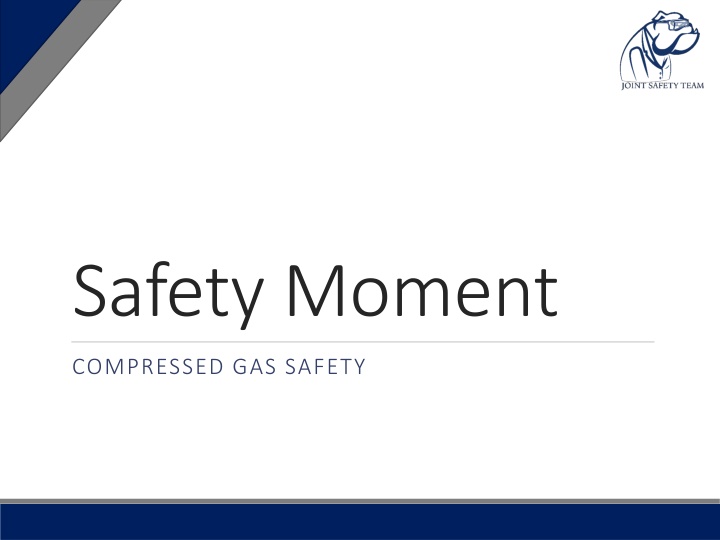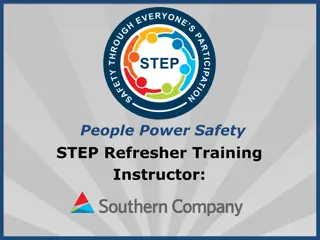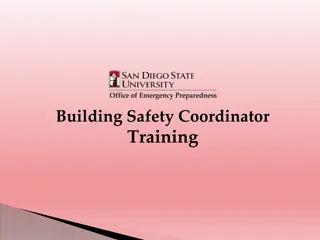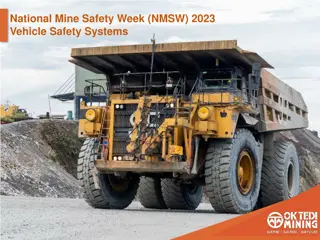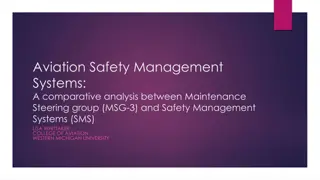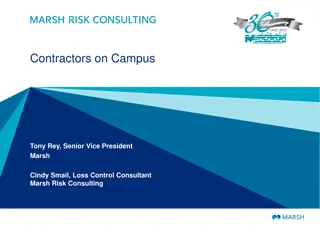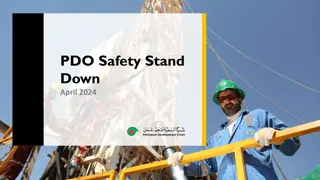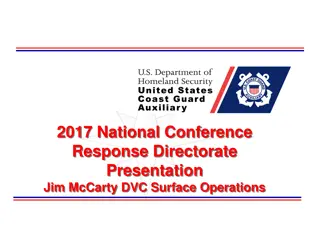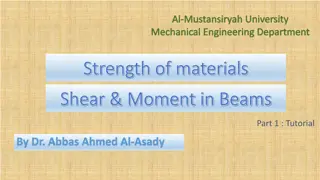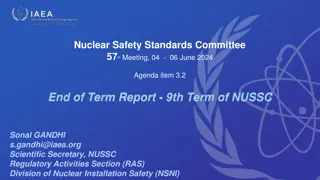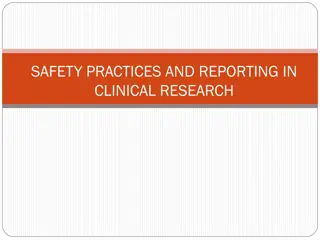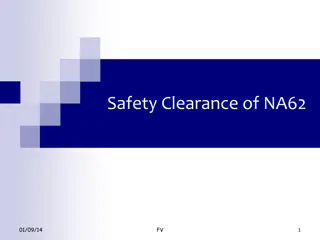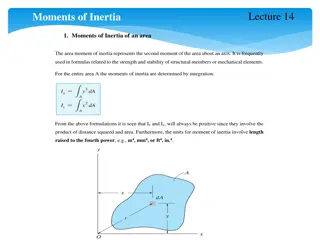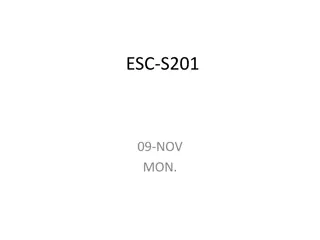Safety Moment
Learn about the safe handling of compressed gases to prevent hazards and ensure workplace safety. Understand the risks associated with non-flammable, flammable, toxic/corrosive, and oxidizing gases. Follow proper protocols for storing, moving, and using cylinders to avoid accidents and injuries.
Download Presentation

Please find below an Image/Link to download the presentation.
The content on the website is provided AS IS for your information and personal use only. It may not be sold, licensed, or shared on other websites without obtaining consent from the author.If you encounter any issues during the download, it is possible that the publisher has removed the file from their server.
You are allowed to download the files provided on this website for personal or commercial use, subject to the condition that they are used lawfully. All files are the property of their respective owners.
The content on the website is provided AS IS for your information and personal use only. It may not be sold, licensed, or shared on other websites without obtaining consent from the author.
E N D
Presentation Transcript
Safety Moment COMPRESSED GAS SAFETY
Compressed Gas Safety Non-flammable, non-toxic gases Causes asphyxiation by displacing O2. Can explode if heated. N2, Ar, He, CO2 Flammable gases Gases or gas mixtures that are ignitable. Lighter than air, low flash point (sensitive to static spark). CO, H2, C2H2 (acetylene)
Compressed Gas Safety Toxic/corrosive gases Harmful/fatal if inhaled or in contact with skin. Chemical asphyxiant. NH3, HCl, H2S, CO Oxidizing gases Any gas which causes or contributes to the combustion of other materials; some of these gases decompose exothermically. O2, NO, NO2
Compressed Gas Safety When using a cylinder, ALWAYS: Use a proper carrier or cart with a restraining device Use the buddy system when changing hazardous gas cylinders Use an empty, in use, full tag Use regulators approved for the specific gas you re using When using a cylinder, NEVER: Move more than 5 ft. without a carrier Use Teflon tape or thread sealant on cylinders Try to catch a falling cylinder Get in an elevator with a full/in use cylinder When storing a cylinder, ALWAYS: Have a cylinder cap in place unless in use Secure all cylinders to a wall in designated areas with chains and/or straps Position tanks so labels are visible When storing a cylinder, NEVER: Keep incompatible gases together (e.g. flammable and oxidizing) Expose the cylinders to corrosive materials Store cylinders more than 3 years Expose to temps above 52 C
